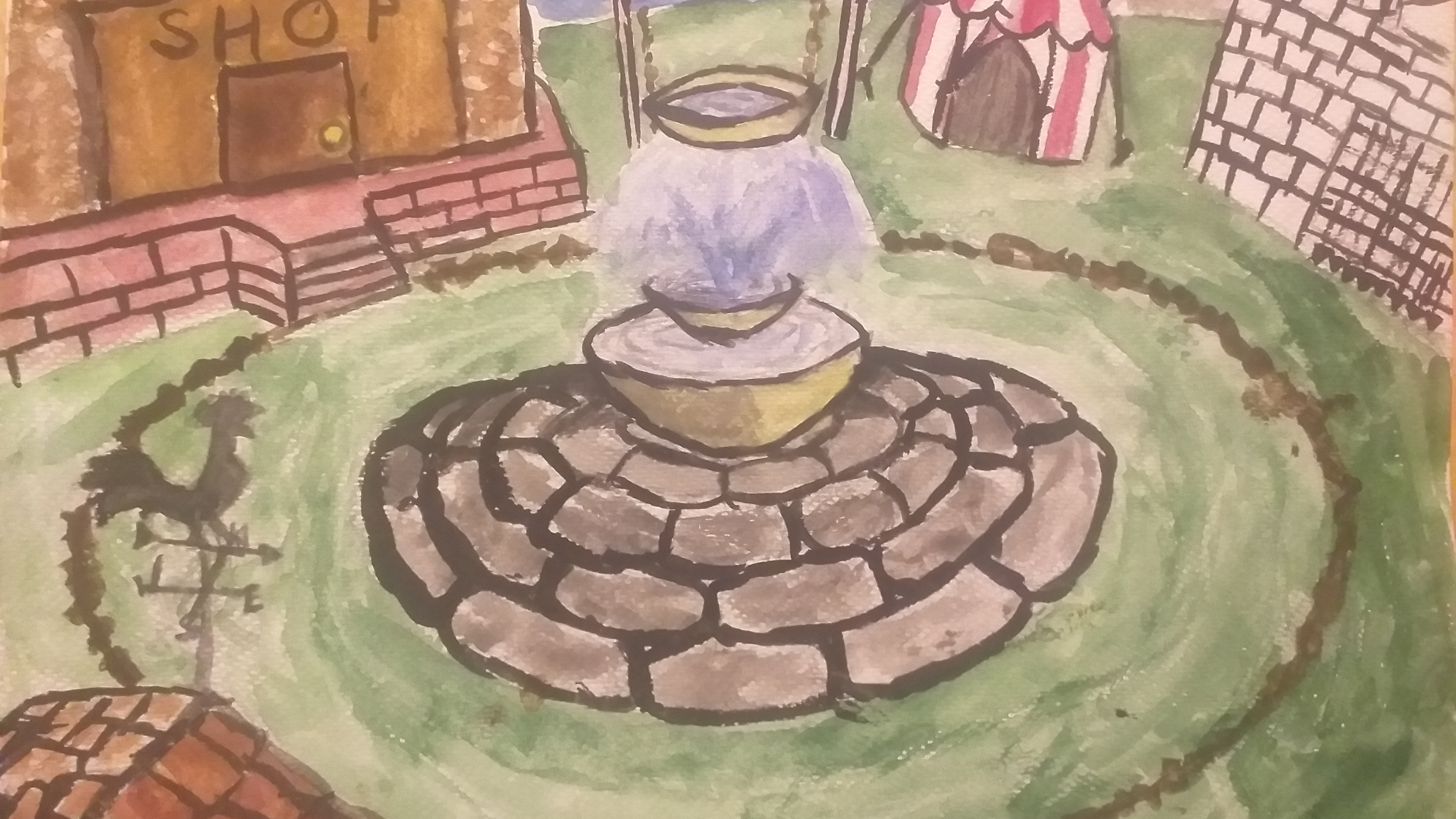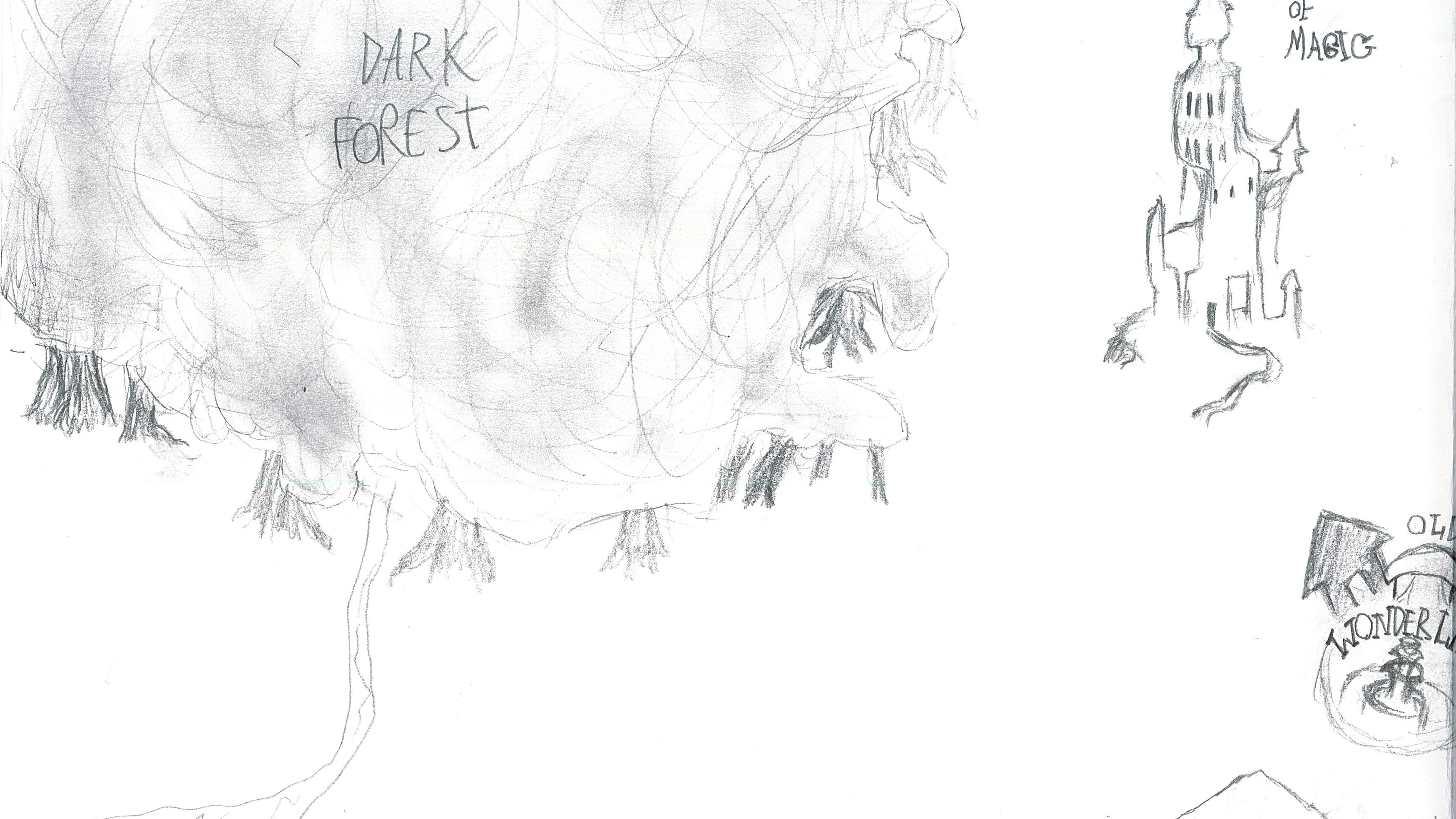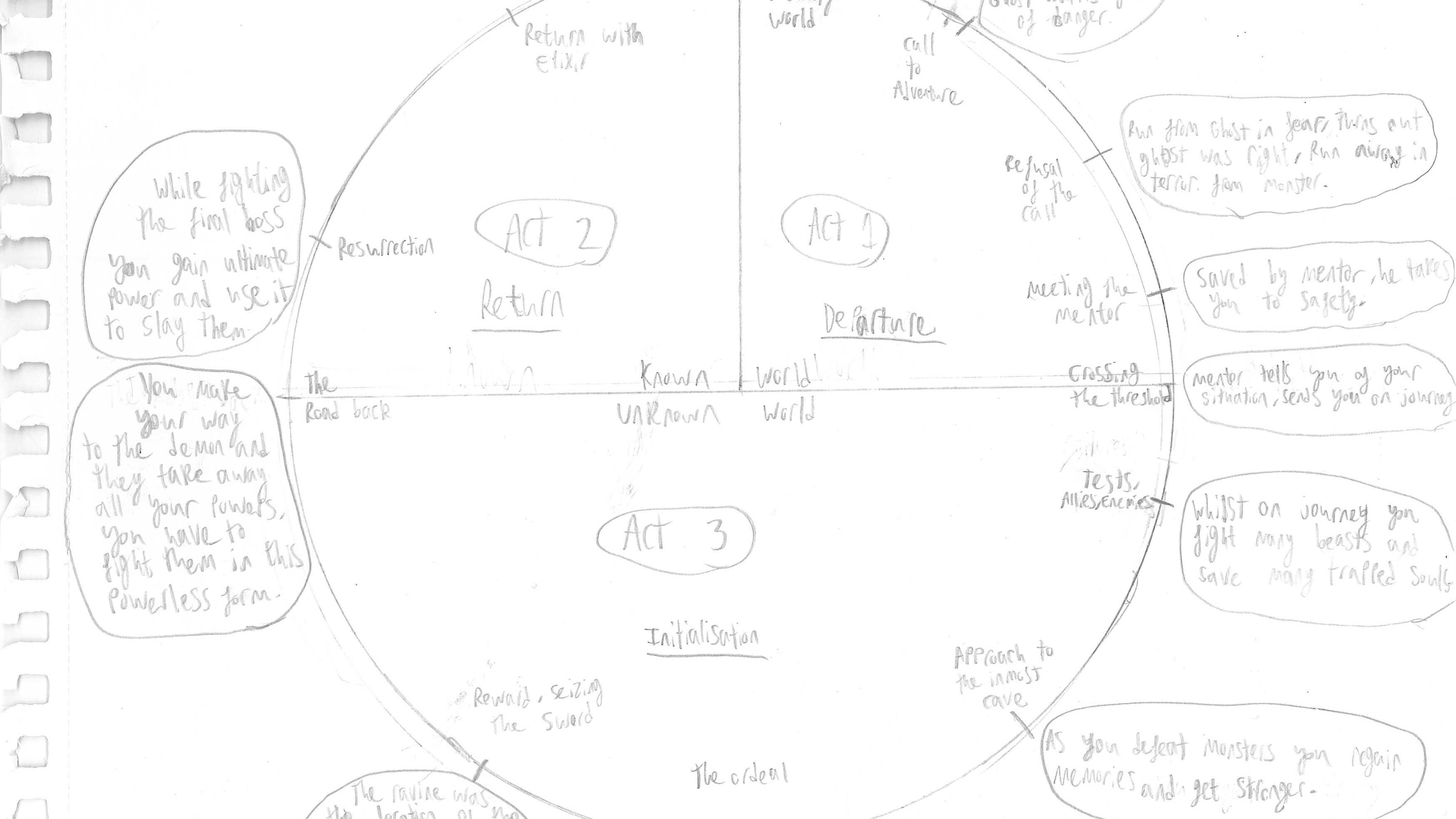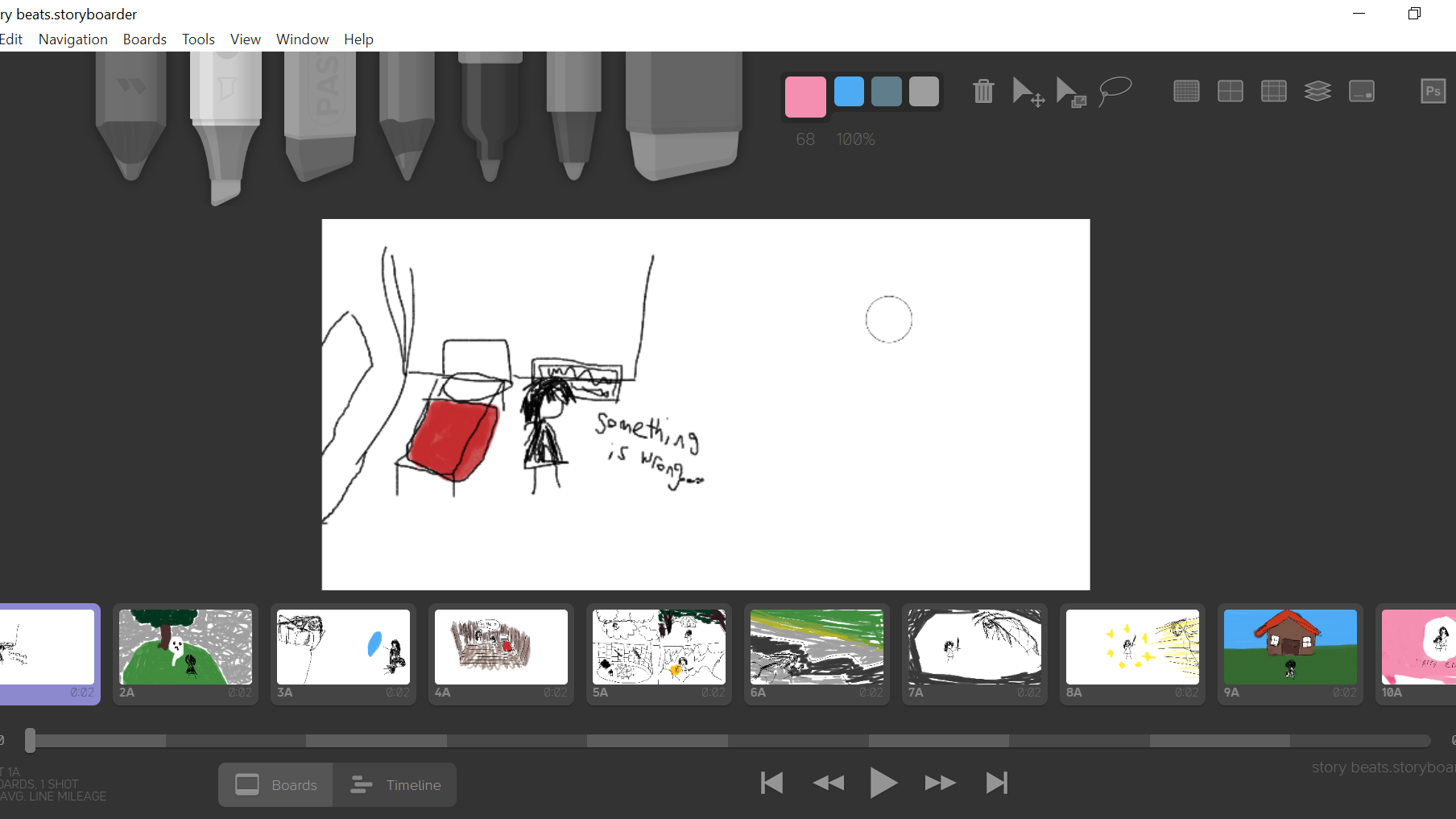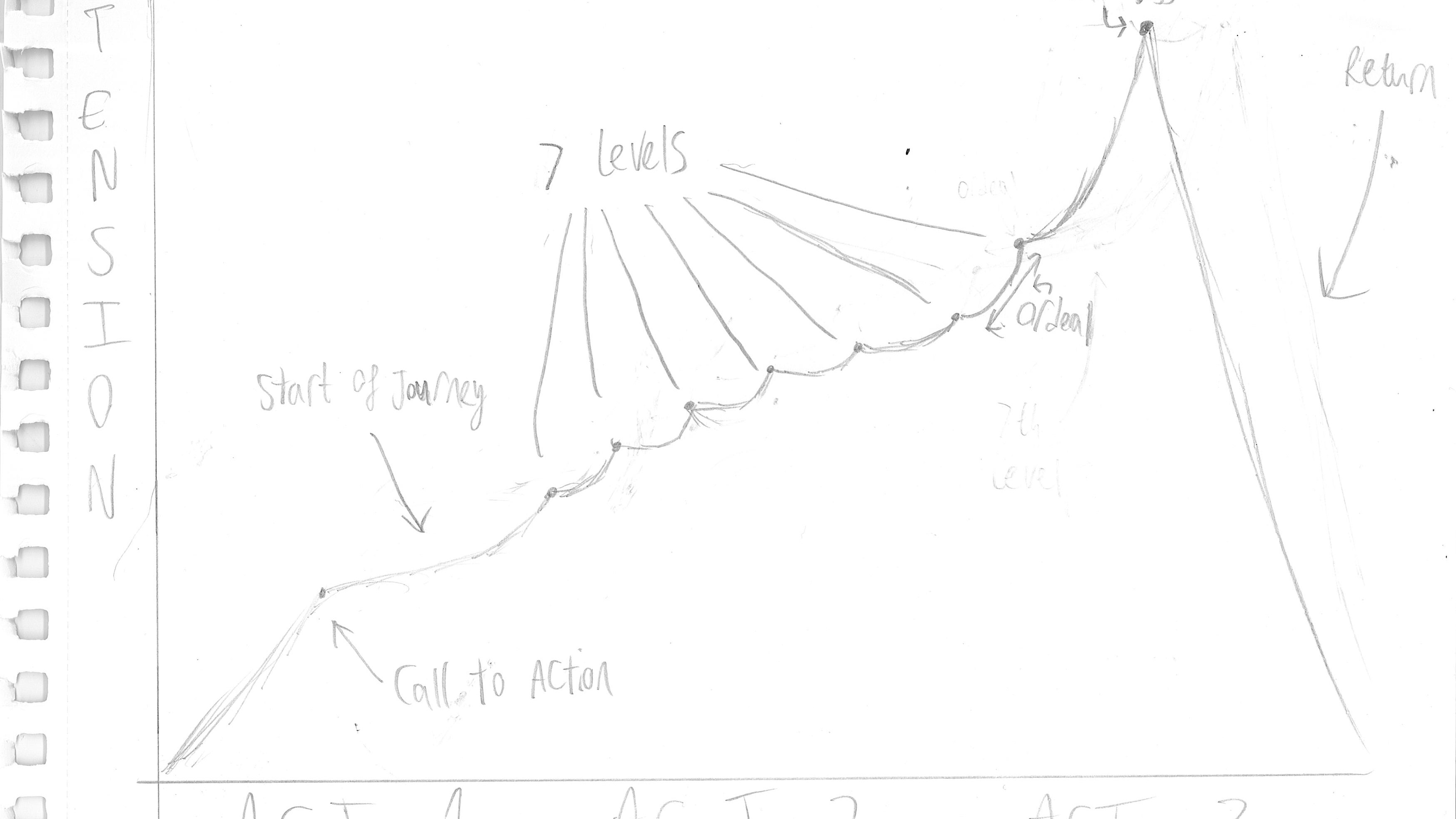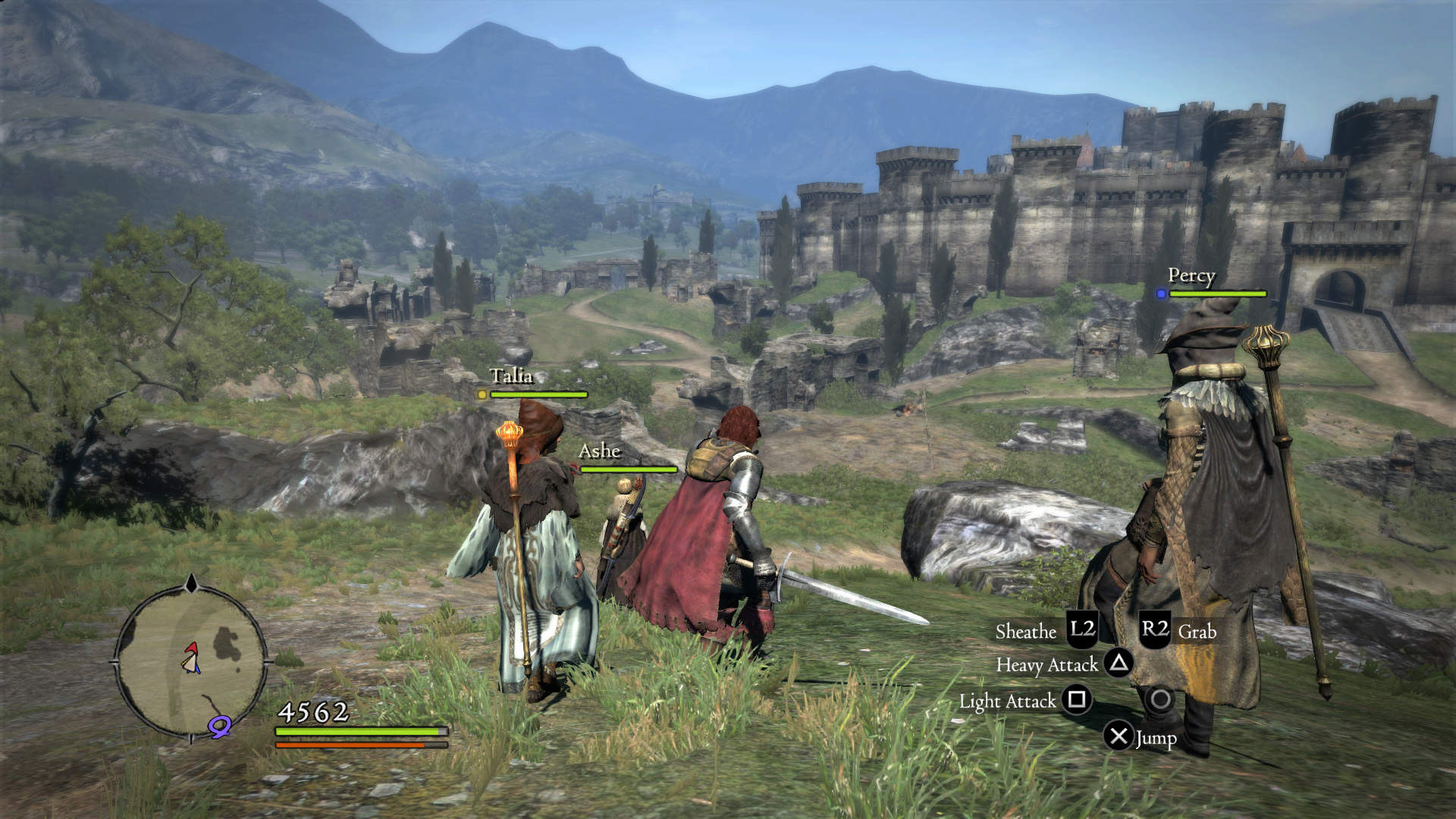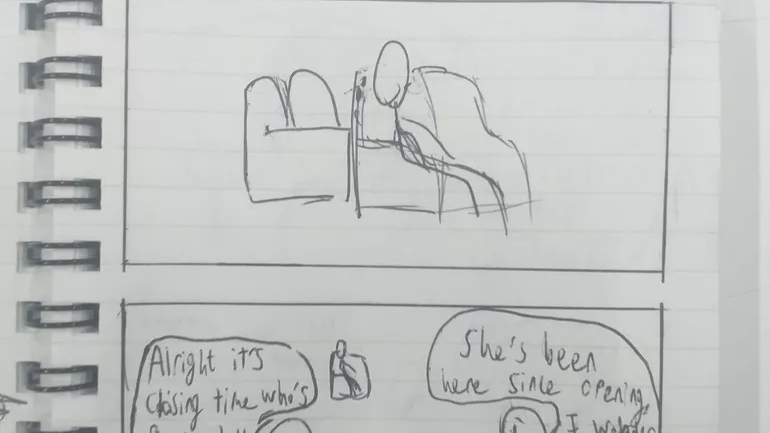In this lecture, we learned about believability and how to make your stories believable. We discussed consistency in the world and it's characters and how to apply this to our games.
When making my game believable I didn't need to take into account realism as much as other games would as my game is based inside of a dream world. When making the environment that my game takes place in, I decided to make the world with locations that stand out such as a massive mountainous region in the north east and a lush forest to the north west. This was to make these locations stick out as objectives and important places. To keep it believable as a map I added small details around the areas in between as a map with massive gaps with nothing in them between all the important areas would make the audience question the purpose of such areas.
My game environment is a dream world. It has many areas in it that each represent different dreamlike places. The main world acts as a hub world for the player to access these different areas.
SELF-DIRECTED
I did a quick sketch of what the home/hub world would be like, you access different levels by finding their entrances on the map.
Above are some sketches of the different dream worlds, on the top is a dream world in the sky, it is located above the mountains and can only be traversed by travelling through the clouds where they overlap, the player will obtain an item to allow for this.
Below is adream world that takes place on an ocean area, the player will obtain an item that allows for ocean traversal and the player can only dock at beaches.
REFLECTION
In this lecture we mostly talked about believability in stories, we looked at examples of different media and analysed how believable they were, for example we talked about coincidences in stories and what can be considered a good or bad coincidence. We looked at how the audience feels about aspects of stories and how much they are willing to believe.
We didn't really do much work this lesson as we mostly spent it looking at examples of consistency in stories and things that throw the audience off. I think I understood all the different things you have to look out for when writing stories in order to keep them consistent and believable.
I think that this lecture was very helpful as it taught us what to do and what to avoid to keep our stories believable, things such as 'deus ex machina' which must must avoided at all cost even if you have to change the plot.
I think I have applied good believability to my game premise, I have considered consistency in every aspect of the story and have a clear logic to my game world.
To conclude, I think this lecture went well and I have kept consistency within my game world.
In the future, I will continue to apply these rules to my premise.
